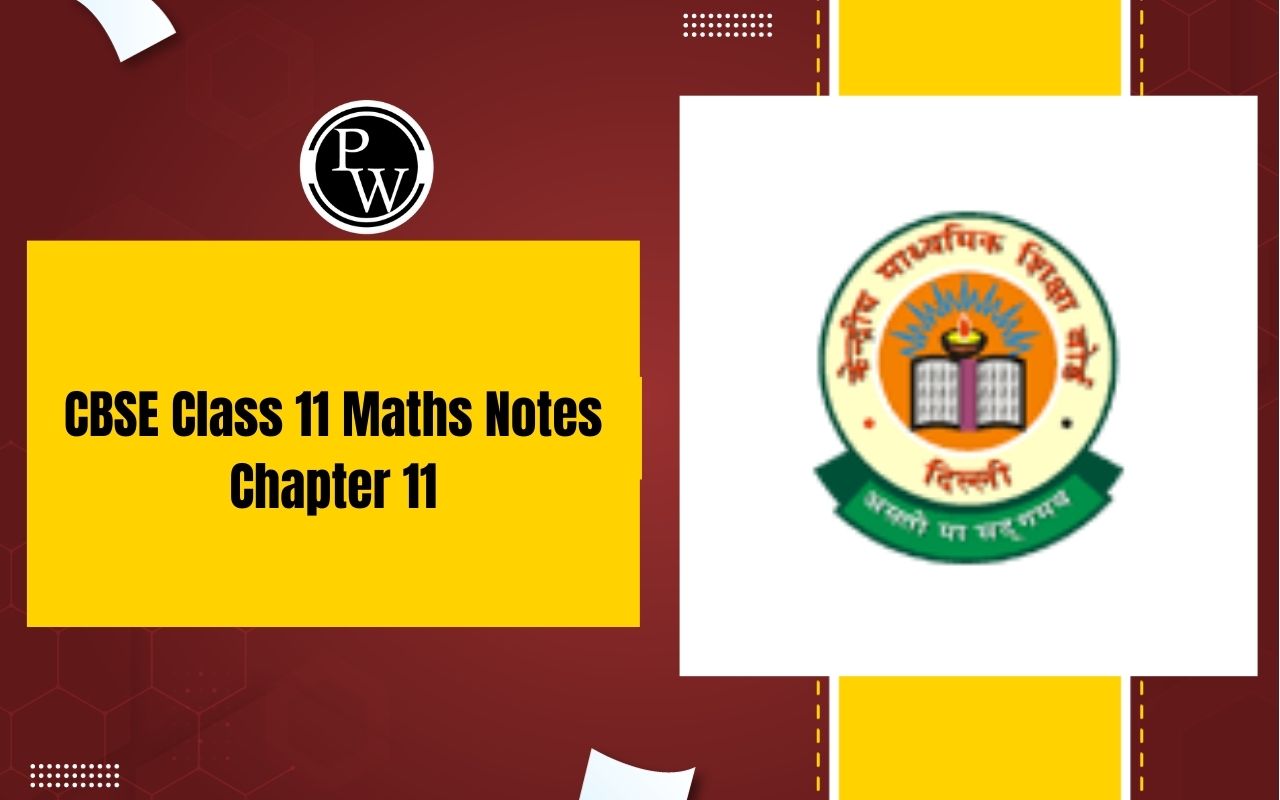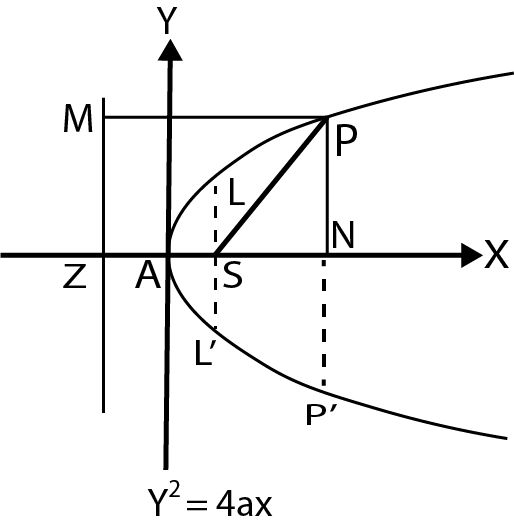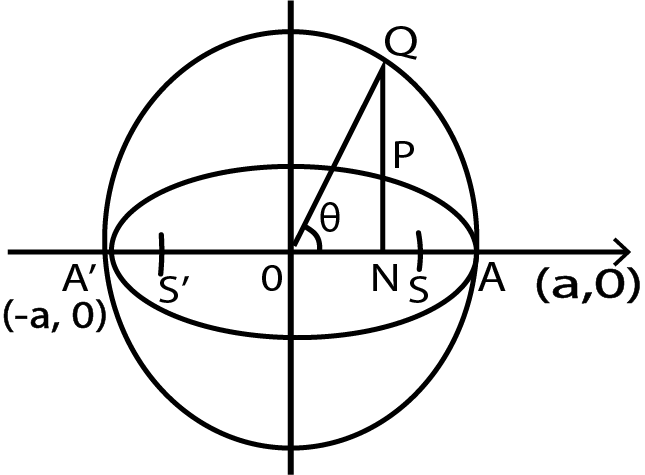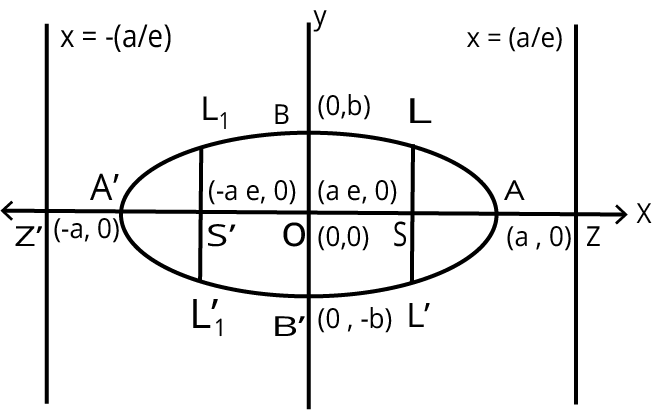

CBSE Class 11 Maths Notes Chapter 11: In CBSE Class 11 Maths Notes Chapter 11: Conic Sections, you'll learn about different kinds of curves made by slicing a cone in different ways.
There are four main types: circles, ovals (like squished circles), U-shapes called parabolas, and curves called hyperbolas. You'll learn how to write equations for these curves and draw them on graphs. You'll also see how they're used in things like mapping out orbits in space, building bridges, and even making beautiful designs.CBSE Class 11 Maths Notes Chapter 11 PDF
You can access the CBSE Class 11 Maths Notes for Chapter 11 on Conic Sections through the provided PDF link. By studying these notes, students can deepen their knowledge of these geometric shapes and their properties.CBSE Class 11 Maths Notes Chapter 11 PDF
CBSE Class 11 Maths Notes Chapter 11 Conic Sections
The solutions for CBSE Class 11 Maths Notes Chapter 11 on Conic Sections are available below. With detailed explanations and examples, these solutions aim to aid students in understanding the properties and characteristics of conic sections. By referring to these notes, students can strengthen their grasp on the concepts and improve their problem-solving skills in mathematics.Conic Sections
A conic section is the locus of a point that moves in a plane such that its distance from a fixed point, called the focus, is always in a constant ratio to its perpendicular distance from a fixed straight line, known as the directrix. This constant ratio is termed the eccentricity, denoted by 'e'. In the context of conic sections, the directrix and focus play crucial roles. The directrix is the fixed straight line, while the focus is the fixed point. A point where a conic intersects its axis is called a vertex. The axis of a conic section is the line passing through the focus and perpendicular to the directrix, which helps define the orientation and shape of the conic section.General Equation of a conic: Focal directrix property
The general equation of a conic section can be derived from its focal-directrix property. This property states that for any point on the conic section, the distance from the point to the focus divided by the distance from the point to the directrix is equal to the eccentricity, denoted by 'e'.Distinguishing various conics
The nature of conic section depends upon value of eccentricity as well as the position of the focus and the directrix. So, there are two different cases:
Case 1: When the Focus Lies on the Directrix.
In this case,
The general equation of a conic represents a pair of straight lines if:
, Real and distinct lines intersecting at focus
, Coincident lines
, Imaginary lines
Case 2: When the Focus Does not Lies on the Directrix.
A parabola
An ellipse
A hyperbola
A rectangular hyperbola
Parabola
The definition of a parabola is a curve formed by the locus of a point, where its distance from a fixed point (called the focus) is equal to its perpendicular distance from a fixed straight line (called the directrix). There are four standard forms of a parabola:
There are four standard forms of a parabola:
- 𝑦2=4𝑎𝑥
- 𝑦2=−4𝑎𝑥
- 𝑥2=4𝑎𝑦
- 𝑥2=−4𝑎𝑦
Position of a Point Relative to Parabola
Point ( x 1 , y 1 ) (𝑥1,𝑦1) lies inside, on or outside the parabola y 2 = 4 a x 𝑦2=4𝑎𝑥 depends upon the value of y 1 2 − 4 a x 1 𝑦12−4𝑎𝑥1 whether it is positive, negative or zero.
Line and Parabola:
The line y = m x + c 𝑦=𝑚𝑥+𝑐 meets parabola y 2 = 4 a x 𝑦2=4𝑎𝑥
at:
- Two real points if a > m c 𝑎>𝑚𝑐
- Two coincident points if a = m c 𝑎=𝑚𝑐
- Two non real points if a < m c 𝑎<𝑚𝑐
Condition of Tangency is c = a m 𝑐=𝑎𝑚
Length of chord that line y = m x + c 𝑦=𝑚𝑥+𝑐 intercepts on parabola y 2 = 4 a x 𝑦2=4𝑎𝑥 is:
Parametric Representation:
Auxiliary Circle
 A circle described on major axis as diameter is called the auxiliary circle. Let
Q
𝑄
be a point on the auxiliary circle
x
2
+
y
2
=
a
2
𝑥2+𝑦2=𝑎2
such that QP produced is perpendicular to the
x
𝑥
-axis, then
P
𝑃
&
Q
𝑄
are called as the Corresponding Points on the ellipse and the auxiliary circle respectively.
θ
𝜃
is called the Eccentric angle of the point
P
P
on the ellipse
(
−
π
<
θ
⩽
π
)
(−𝜋<𝜃⩽𝜋)
.
A circle described on major axis as diameter is called the auxiliary circle. Let
Q
𝑄
be a point on the auxiliary circle
x
2
+
y
2
=
a
2
𝑥2+𝑦2=𝑎2
such that QP produced is perpendicular to the
x
𝑥
-axis, then
P
𝑃
&
Q
𝑄
are called as the Corresponding Points on the ellipse and the auxiliary circle respectively.
θ
𝜃
is called the Eccentric angle of the point
P
P
on the ellipse
(
−
π
<
θ
⩽
π
)
(−𝜋<𝜃⩽𝜋)
.
Pair of Tangents
The equation to the pair of tangents which can be drawn from any point (x1,y1) to the parabola y2=4ax is given by: SS1=T2 where: S≡y2−4ax,S1=y21−4ax1,T≡yy1−2a(x+x1)Ellipse

CBSE Class 11 Maths Notes Chapter 11 FAQs
What are conic sections?
What are the properties of conic sections?
Is conic sections hard class 11?
What are the 4 types of conic sections?












